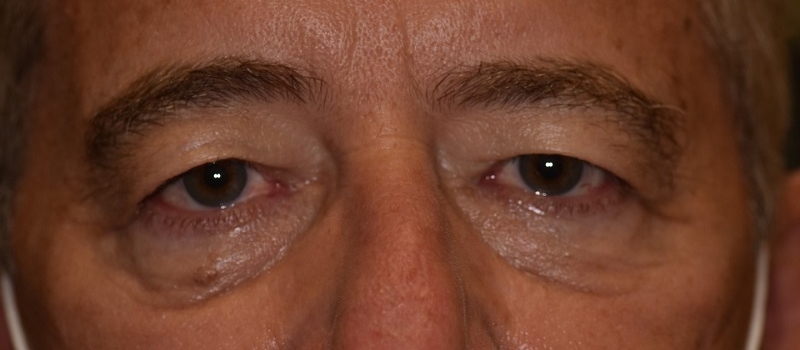What are the Benefits of Blepharoplasty?
Droopy eyelids are a common condition amongst patients over the age of 50. The eyelids are thin and prone to weakening muscles. As you age, the weakening muscles can contribute to droopy upper eyelids and the buildup of excess fat around the eyes. For many patients, droopy eyelids are not only aesthetically displeasing, but in severe cases can impair their field of vision as well. To fix the cosmetic and medical problems associated with droopy eyelids, an ophthalmologist might recommend Blepharoplasty surgery.
What is blepharoplasty surgery?
Blepharoplasty surgery is a reconstructive surgery performed by oculoplastic surgeons to remove excess skin around the eyelids. It is intended to give you a more youthful, energetic appearance. In some cases, it can improve a patient’s peripheral vision. The overall goal of this surgery is to reduce the sagging eyelid tissues, including the skin, muscle, and fat pockets.
Blepharoplasty surgery can be performed on the upper lid and the lower lid. An upper blepharoplasty can include or consist of excess skin, muscle, and fat pockets around the eyes. This includes repairing the weakened muscle, removal of excess fat, and ablation of drooping eyelid skin. A lower blepharoplasty corrects undereye bags that result from the thinning and bulging of the soft tissue under the eye. Typically, only excess fat pockets will need to be removed but in some cases, the skin and muscle are also included.
Actual patient photo (before)

Actual patient photo (after)

What To Expect Before and After Surgery
Blepharoplasty surgery is an outpatient procedure performed under local anesthesia. Incisions are made in the natural folds of the eyelid. An upper blepharoplasty incision is made in the crease of the upper eyelid, whereas a lower blepharoplasty incision is made slightly below the lower eyelid lashes. Incisions are closed with sutures that are left in place for 7-10 days. In cases where only fat pockets are removed, the oculoplastic surgeon will perform surgery behind the eyelid. This is referred to as a transjunctional blepharoplasty.
After surgery, patients might experience discomfort, numbness, or tightness around the eyelids. It is recommended to apply cold compresses to the eyelids to reduce swelling and bruising. A prescribed ointment should be used and strenuous activity should be avoided for 1-2 weeks after surgery. A post-op appointment will be scheduled with your oculoplastic surgeon. As with any surgery, complications are possible but rare. Should you have any issues (bleeding, infection, vision loss) before your scheduled post-op appointment, call your ophthalmologist right away.
You deserve to not only feel your best but look your best, too! Blepharoplasty offers you the potential to regain that youthful, rejuvenated look. If you struggle with the complications associated with droopy eyelids, Dr. Aliza Epstein and Dr. Gil Epstein are board-certified ophthalmologists who specialize in oculoplastic surgeries like blepharoplasty. Trust your eyelids to the eyelid experts. Call our office at 954-741-5555 to schedule a consultation.





